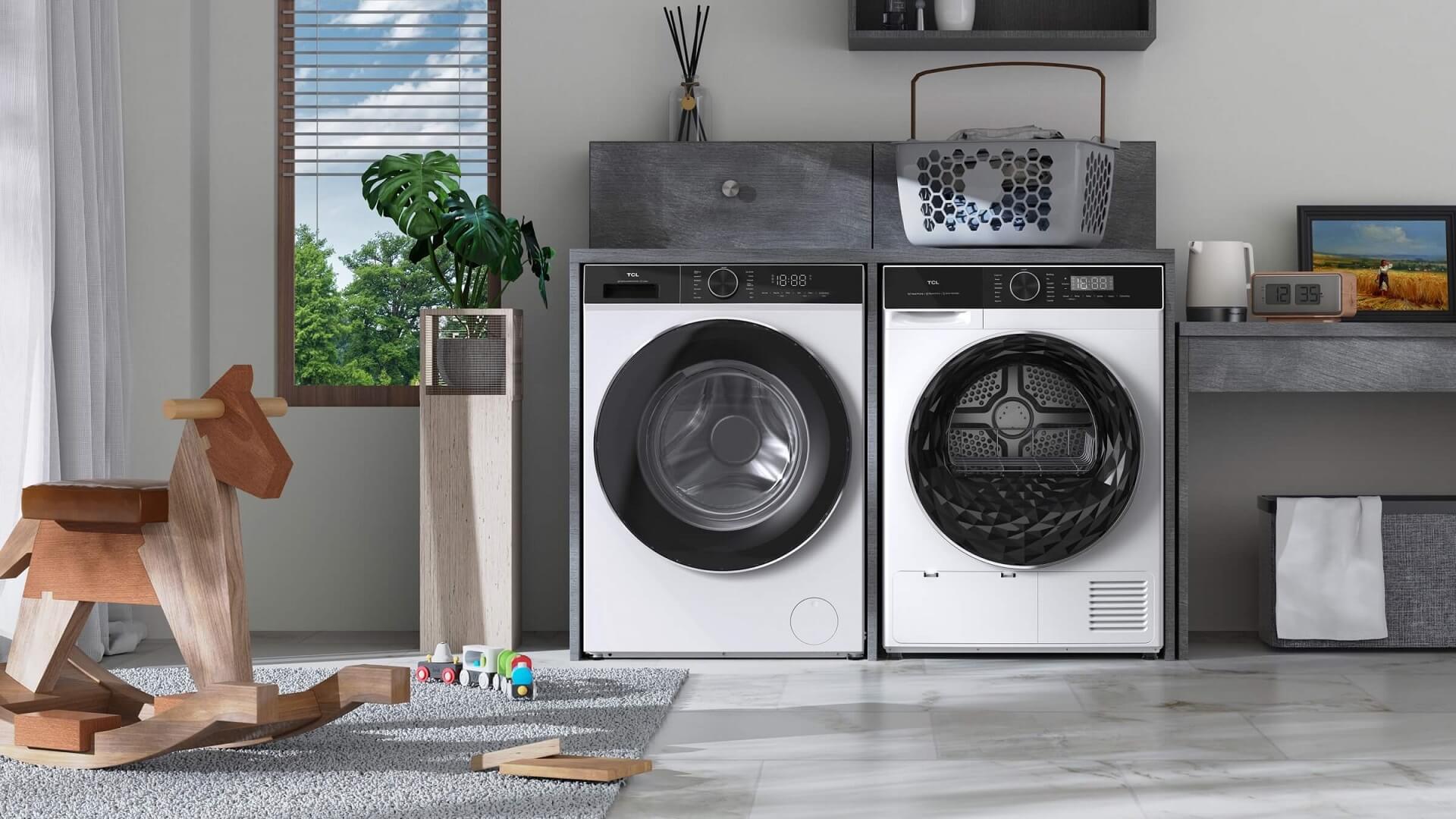Introduction
When your TV screen looks darker than usual, there are several possible causes for this issue. Your TV might be malfunctioning and need to be repaired or replaced, but it also could simply be a matter of adjusting how bright the screen looks. In either case, you should take steps to resolve any issues as soon as possible to prevent them from getting worse.
Here are some common solutions you can try:
Make sure you look at your setting options when encountering a dark tv screen.
The first thing you should do is check your settings. Some settings might have been changed, so it's always a good idea to get back to square one.
- First, check your picture settings. The contrast, brightness, and sharpness of a TV set are adjustable through a variety of menus on the remote control; check these out to ensure they're all set properly. Most modern TVs will have separate levels for each of these elements as well as an overall "contrast" setting for the entire screen (which usually has its own way of being adjusted). If you need some help figuring out what all those buttons do, YouTube has some great step-by-step videos if you want to see before/after examples.
- Next up: check out your backlight level—it's often set at 100% by default with no option for adjustment unless this is changed manually in the user menu settings (and even then it may not be adjustable). This makes sense since without enough light shining through your television screen could get so dark as to be almost completely unviewable—but if there's too much light coming through it can wash out colors and distort images onscreen into something that looks more like an impressionist painting than anything else! If this sounds familiar then lower those backlights until things start looking right again.
- Finally, check the Picture Mode setting. Picture modes alter numerous settings at once. Nowadays, the majority of TVs include picture modes. The "Cinema" option, for example, will make the image appear a little darker than usual. To access your TV’s picture mode settings, first press the home button on your remote. This will bring you to the main menu of your TV. Now, use your arrow keys to navigate to the Picture option in this menu and press OK or Enter on your remote.
Check the Light Sensor
The light sensor is a small, round device that sits on the rear of your television. The sensor measures how much light is hitting the screen and adjusts the brightness accordingly. If it isn’t working properly, you will notice that your TV is darker than usual even when it is just in a room with normal lighting levels, such as those found in an office or living room.
To check whether your TV’s light sensor needs cleaning or replacing:
- Unplug your TV from its power source and disconnect any other cords connected to it (such as HDMI cables).
- Remove any covers around where you found the light sensor on your TV; if there are screws holding them in place, use a Phillips head screwdriver to loosen them before lifting off each cover section by section.
- Look at what's left of your TV's back panel after removing all existing covers; you should see two holes near where the cable enters into the main body of this device—one larger than another—and a round black object sitting between them.
- If there's anything blocking either hole (e.g., dust), remove these obstructions with tweezers or cotton swabs dipped in rubbing alcohol until both holes are clear enough for light from behind when viewing from an angle directly over top.
- Next look for any cracks or chips on top around either hole where dust might have gotten caught underneath.
- If so replace damaged components now before proceeding further!
Is There a Power Surge?
If you have a brand new TV and the screen is dark, it could be that your high voltage has caused a power surge. In this case, check to see if your outlet is working properly. If it's fine, then check to see if the fuse in your TV needs replacing. If you find that the fuse is blown and needs replacing, do so with as many replacement fuses as needed until one works well enough for you to use your TV again (and then buy more fuses for future use).
Next, try resetting your power surge protector and see if that helps remedy any problems you're having with lighting levels and intensity in general.
You may think that powering up your TV after a power surge is a good idea, but it's actually not. Your TV could be damaged if you do this. Power surges can also lead to other problems like damage to your electronics and appliances in general, so it's best to take precautions.
- Don't use the television right after a power surge—wait at least half an hour before turning on your TV again
- Don't use a surge protector with multiple outlets: These are dangerous even when they work correctly; if one of the outlets' malfunctions or fails entirely (and most will), then all of them will fail.
Restore Factory Setting
If those steps don’t help alleviate any issues at all, then go ahead and restore factory settings on your television set (or whatever device you’re watching). Once everything has been restored, check around again for other possible solutions before giving up hope!
Check HDMI Cable
If you're using an HDMI port that's not working well or has been damaged, it could result in a darker-than-usual screen.
If you switch the cable or change devices and the TV is at a regular brightness, this is the case.
Why Is Your TV Dark On One Side/Bottom?
The issue is a little more serious if your TV is just dark on one side. A TV does not have any settings that could cause some sections to appear darker than others. This indicates that a hardware issue is probably present.
If you're lucky, the HDMI cable will be the cause of the issue. After you swap that out, everything ought to work perfectly once more. If you're less fortunate, there may be an issue with the TV itself. This might be the result of a bad board, bad backlights, etc. This problem will be more difficult and expensive to tackle in both scenarios. You may have to consider getting a new one. We have a wide range of options in TCL, check out TCL TV!
Conclusion
We hope that these tips were helpful, and if you’re still experiencing problems with your TV’s picture quality, don’t hesitate to contact us. We can help you get your screen up and running again in no time!
If you want to upgrade your home entertainment, check out TCL’s TVs with amazing picture quality and lots of smart functions! Find the best TV for your home and start the experience now!
Connect with us on Facebook, Instagram, Tik Tok & YouTube for the latest updates on our TCL products and events.

HDR vs 4K: What's the difference?
2025-08-28

How to Choose the Right Washing Machine Size
2025-07-31

QLED vs. UHD: Which TV Technology is Best?
2025-02-25

How to Connect Universal Remote to TV?
2024-08-27

YouTube on TV Not Working, How to Fix?
2024-08-24

How to Watch Apple TV on Smart TV
2024-08-22

How to Measure a TV Screen for Perfect Fit?
2024-07-26

How to Clean Air Conditioner Drain Line?
2024-06-27

Set Up Your OK Google Device On Your TV
2024-06-18

What AC Type is Used in Offices?
2024-04-26

How To Remove Lint From Clothes Washing Tips
2024-04-20

How to Reset Your Air Conditioning Unit
2024-03-26

How Does The Refrigeration Cycle Work?
2024-03-23

How Does VPN Work On Smart TV
2024-03-22

How to Open A Locked Washing Machine Door
2024-03-19

Discover the Best Washing Machines for 2024
2024-02-28

How To Get Disney Plus On TV: A Easy Guide
2024-02-25

How To Adjust Your TV Picture to Fit Screen
2024-01-21

How To Convert Your LED TV To A Smart TV
2023-11-30

Tablet Vs Laptop – Which Should You Buy?
2023-11-24

How To Play Games On Smart TV
2023-11-16

What is a backlight in an LED TV?
2023-11-14

How To Level A Washing Machine in Easy Steps
2023-11-11

Who Invented Television: History of TV
2023-06-28

How to Watch Free Live TV on Android TV
2023-05-24

Top 5 Best Browsers for Android TV
2023-05-20

How to Recover Deleted Photos on Android
2023-05-18

What Are the Big Changes for TCL TV in 2022?
2022-09-08

How TCL Smart TVs Enhance Your Life?
2022-08-10

What is the Best TV viewing distance?
2022-04-13

4 Misunderstandings About QLED TVs
2022-04-13

How to use your TCL Android TV
2019-11-07

Which TV Should You Buy
2018-07-06

Google Assistant & Artificial Intelligence
2018-05-23

TCL Named CES 2018 Innovation Awards Honoree
2018-01-31

Voice Control & Multimedia With TCL
2017-10-09

EISA Awards | TCL Wins Best Buy TV 2017-2018
2017-09-26

Which Size TCL TV Is Best for You?
2017-06-08
Copyright © 2025 TCL. All Rights Reserved. TCL SMART DEVICE (MALAYSIA) SDN. BHD. 201001040445 (924370-D).
This site uses cookies to analyse site traffic, improve your experience and personalize ads or other contents. By clicking Accept or continuing to browse the site, you are agree to our use of cookies. See our Cookies Policy here. Learn more

























































































































.jpg)
























































































